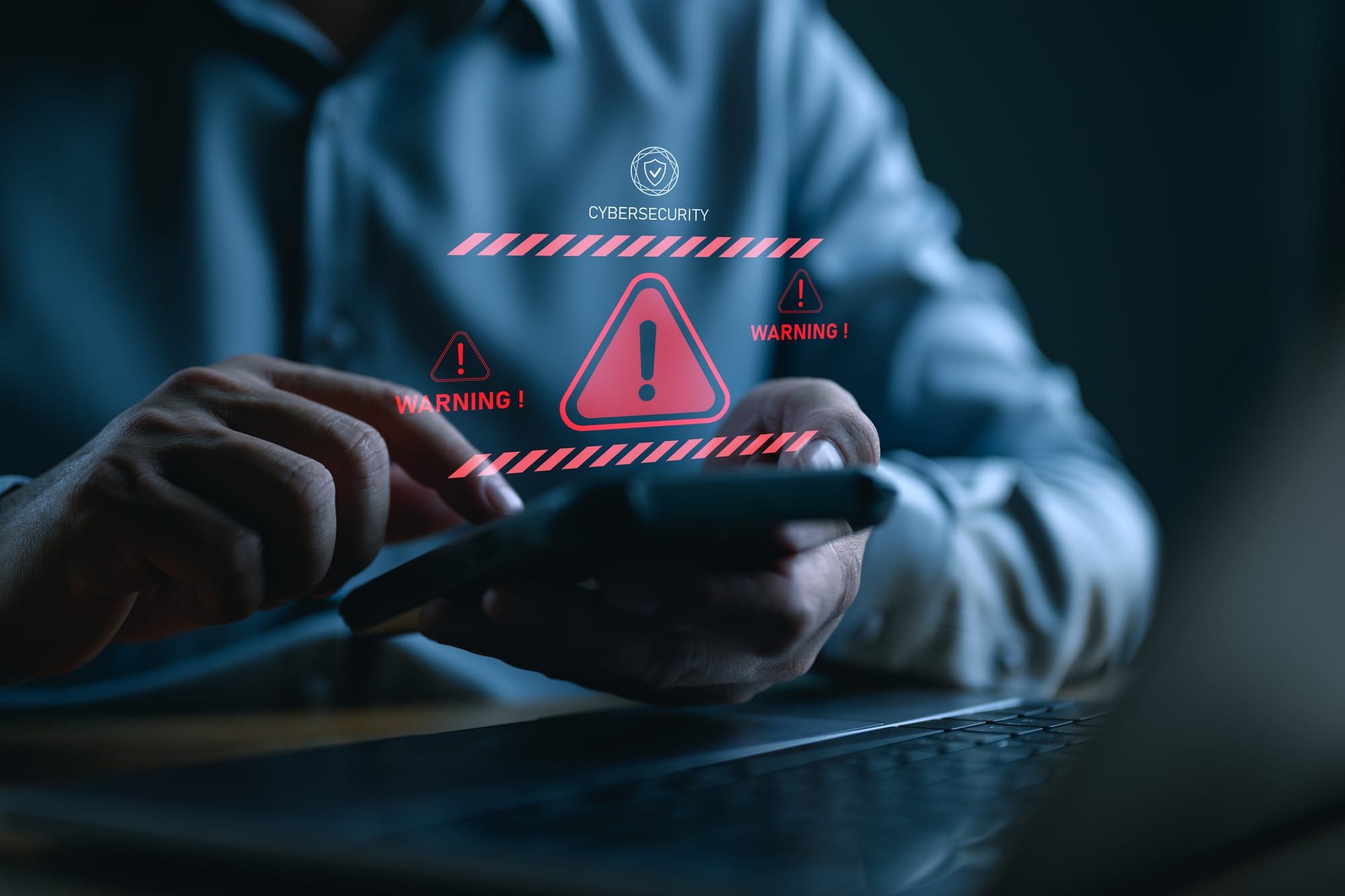PREPARING FOR ADVANCED CYBER THREATS IN 2024 AND BEYOND

Preparing for Advanced Cyber Threats in 2024
The cyber threat landscape continues to evolve, with 2024 witnessing a significant rise in sophisticated and potentially disruptive cyber-attacks.
Gartner reports that over 80% of board directors now view cyber risk as a fundamental business risk, not merely a supplementary technology issue. This is a significant increase from 58% in 2016. Additionally, over 80% of Chief Information Security Officers (CISOs) report to their boards on a quarterly basis. (Refer to Cyber Risk Management)
In addition, below are few predictions that are extremely noteworthy:
1. Forbes predicts that the cost of Cyber-crime will surpass $10 Trillion in 2025 (Read More)
2. According to Gartner 45% of organizations will be affected by a supply chain attack
3. It is estimated that 3 million skilled Cyber Security engineers will be required annually to meet demand,
4. Due to the lack of the necessary skill, IT teams are more focused on project completion than security
5. GenAI is not the Holy Grail of Cyber security. Gartner cautions Gen AI is a lot of hype but does show promise, however, needs to be tampered with trepidation. (Read More)
OAS recommended strategy for Cyber Security
As technology advances, so do the capabilities of cybercriminals, making it crucial for organizations and individuals to stay ahead of emerging threats. This article outlines key strategies and technologies essential for preparing for advanced cyber threats in the coming year.
The Importance of Cyber Resilience in 2024/5
In the face of increasing cyber threats, building cyber resilience is more critical than ever. Cyber resilience refers to an organization's ability to continuously deliver the intended outcomes despite adverse cyber events. This holistic approach not only includes improving cybersecurity measures but also ensuring that business operations can continue during and after a cyber-attack. Strategic investments in cyber resilience can mitigate risks, minimize damage, and reduce recovery time and costs.
Emerging Cyber Threats in 2024
To effectively prepare for 2024, it is essential to understand the potential cyber threats that are on the horizon:
- Deepfakes: As artificial intelligence (AI) technology evolves, so does the ability to create deepfakes—highly realistic and difficult-to-detect digital forgeries of images, videos, or audio files. These can be used to spread misinformation, impersonate public figures, or commit fraud.
- Ransomware 2.0: While ransomware is not new, its methods are becoming more sophisticated. Expect advancements in ransomware techniques to lead to even greater impacts on businesses, possibly targeting cloud-based backup systems to eliminate recovery options.
- AI-Powered Attacks: Cybercriminals are beginning to use AI to automate attacks and target vulnerabilities at unprecedented speeds. These AI-powered attacks can adapt in real-time, making them harder to detect and block.
- Supply Chain Attacks: Attacks on supply chains are increasingly becoming a popular method for attackers to infiltrate multiple organizations through a single point of breach. The complexity of supply chains makes them particularly vulnerable and difficult to secure.
- IoT Device Attacks: With the number of connected Internet of Things (IoT) devices growing exponentially, these devices are becoming attractive targets due to their often-weak security measures.
Strategies to Mitigate Cyber Threats
Anticipating and preparing for cyber threats requires strategic planning and the implementation of robust cybersecurity measures. Key strategies include:
- Risk Assessment: Organizations should regularly conduct comprehensive risk assessments to identify critical assets and vulnerabilities and understand potential impacts of cyber-attacks.
- Employee Training: Since many cyber-attacks start with human error, ongoing employee education and training are crucial in mitigating cyber risks. This includes training on recognizing phishing attempts and secure password practices.
- Advanced Threat Detection Technologies: Investing in advanced threat detection systems that use machine learning and behavioral analytics can help detect unusual patterns and prevent breaches before they occur.
- Incident Response Planning: Developing and routinely testing a formal incident response plan ensures that organizations can quickly respond to and recover from cyber-attacks.
- Regular Software Updates: Regularly updating all software to patch known vulnerabilities is an easy yet effective way to protect against many common cyber threats.
- Data Encryption: Encrypting sensitive data both at rest and in transit can protect against unauthorized access and data breaches.
- Use of Zero Trust Architecture: Implementing a Zero Trust framework, where trust is never assumed and verification is required from everyone attempting to gain access to resources, can help secure an organization's network. In addition, Zero Trust coupled with Conditional Authentication technologies (Read More) further enhances the organizations security posture.
Technology Innovations to Enhance Cybersecurity
As we prepare for 2024, several innovative technologies can significantly enhance cybersecurity defenses:
- Quantum Computing: Quantum computing promises to improve areas like encryption and threat detection. Organizations should keep an eye on developments in quantum technologies for future cybersecurity enhancements.
- Blockchain for Security: While blockchain is mainly known for its applications in cryptocurrency, its capacities for securing data transactions and preventing fraud can significantly boost cybersecurity defenses.
- Robotic Process Automation (RPA): RPA can automate routine security tasks, such as compliance checks and threat detection, allowing cybersecurity teams to focus on more strategic activities.
- Edge Computing: By processing data on local devices instead of over a centralized data center, edge computing can reduce latency and enhance the security of data across networks.
Conclusion: Preparing for a Secure Future
The cyber threat landscape in 2024 will undoubtedly be complex and challenging. However, by understanding the evolving threats and implementing comprehensive and dynamic security strategies, organizations can protect themselves and their stakeholders.
Anticipation, education, advanced technologies, and robust planning are the keys to staying ahead in the relentless pursuit of cybersecurity.
Looking forward, the convergence of AI, machine learning, and cybersecurity efforts will mark a significant transformation in how organizations defend themselves against increasingly sophisticated cyber threats.